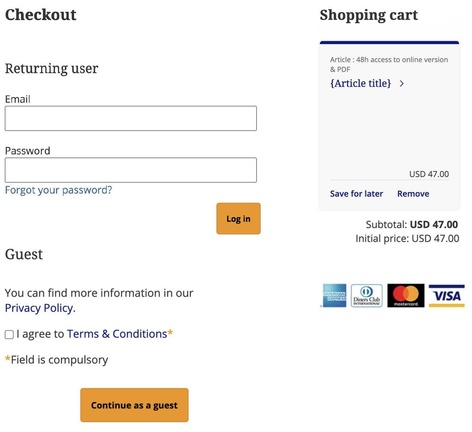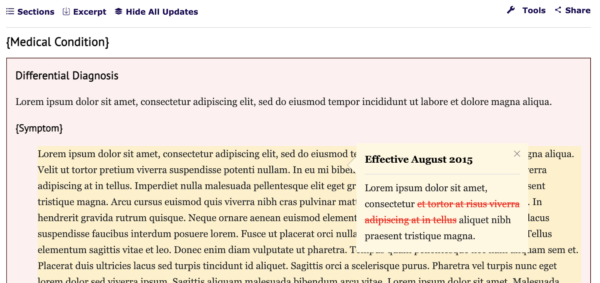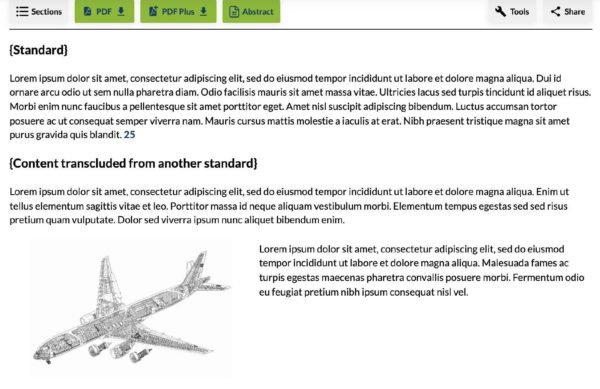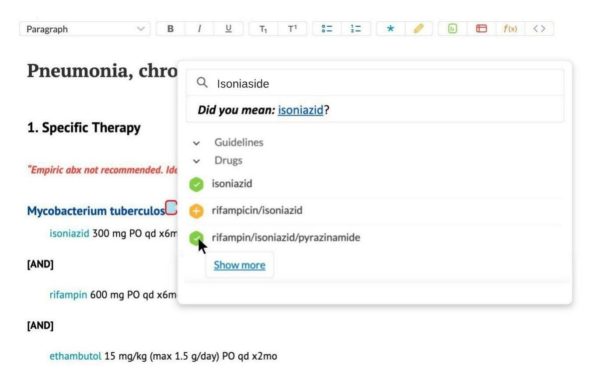Projects I did for work
Improved UX for frictionless e-commerce

CHALLENGE: A medical publisher could see from their analytics that ecommerce sales were steadily dropping, but couldn’t explain why.
MY SOLUTION: I “got out of the building” and set up satisfaction interviews with real users. During the exploratory phase of each interview, I consistently found that users ran into problems when they expected my client’s professional website to work similarly to consumer websites. Essentially, our users were not finding the visual vocabulary and standard workflows popularized in the apps and websites that they use personally.
In adapting to this feedback, I recommended changes not only to my client’s website, but also to their corporate culture. For example, we updated internal documentation to refer to users as “users” instead of “researchers”, which carried an overly professional connotation. We then took some common features from consumer websites and translated them to this professional space, adding a human touch to the ecommerce experience. Using A/B testing, we found that just one feature that we added – the ability to check out as a guest – was solely responsible for a 50% decrease in abandoned shopping carts.
Version control for standards and classification systems

CHALLENGE: ICD-10 medical billing codes serve as the common standard for naming and defining diseases across hospitals, insurers, governments and pharmaceutical manufacturers. The diversity of these stakeholders naturally creates tension: while researchers will tweak official disease definitions as soon as scientific understanding evolves, insurance companies can typically only ingest updates once per year. As a result, the body of classifications and codes looks similar to software builds, with periodic “stable” versions and frequent incremental updates.
My client is a professional society in charge of defining and publishing ICD-10 codes for one field of medicine. Depending on the use case, readers may need to see either the stable version or the latest version, or sometimes both.
MY SOLUTION: The website shows the last stable version of the content, then highlights paragraphs with recent updates. When the user clicks highlighted text, a tooltip appears with tracked changes and related metadata.
Behind the scenes, these changes are highlighted automatically by a custom content ingestion workflow that uses DeltaXML to find and highlight changes. This automated process reduces production costs for the publisher and creates a new revenue stream by selling machine-readable content updates via API.
Transclusion for integrated technical standards

CHALLENGE: Many technical standards incorporate parts of other, more general standards. For example, a standard defining best practices for designing aircraft emergency lighting will need to include relevant portions of standards for electrical wiring safety. The lighting standard cannot simply reference the wiring standard, because standards organizations update content asynchronously and any version control conflict could lead to a catastrophic design failure.
MY SOLUTION: Users consume a document that looks like a single standard. But in the background, parts of the content are transcluded in real time from other standards, as needed. As standards evolve, the publisher can track content dependencies and evaluate context. When the publisher updates the content, they include special XML tags that route updates to all client documents in real time, guaranteeing consistency.
Ensuring accuracy at the point of care

CHALLENGE: Doctors don’t memorize the recommended doses of every drug. Instead, they use reference tools when prescribing. These tools are either mobile apps or embedded within Electronic Health Records (EHR) platforms. My client’s tool is updated daily as doses change, interactions between drugs are better understood and new drugs enter the market. Because hundreds of thousands of doctors use the tool in a clinical setting, pushing updates creates a challenge: any error could lead to significant liability when patient lives are on the line.
MY SOLUTION: Specialists enter drug updates in a custom authoring environment. The tool uses Machine Learning to “understand” the content structure and double-check the author’s work through a series of interactive queries. For example, if a recommended dose for an existing drug is changed by more than 50%, the change will be flagged for review by both the author and two editors. To reduce query fatigue, the tool will occasionally include randomized, incorrect queries, forcing the author to pause and think at each step. All changes are logged, auditable and, if needed, can be rolled back to any point in the entry’s history.